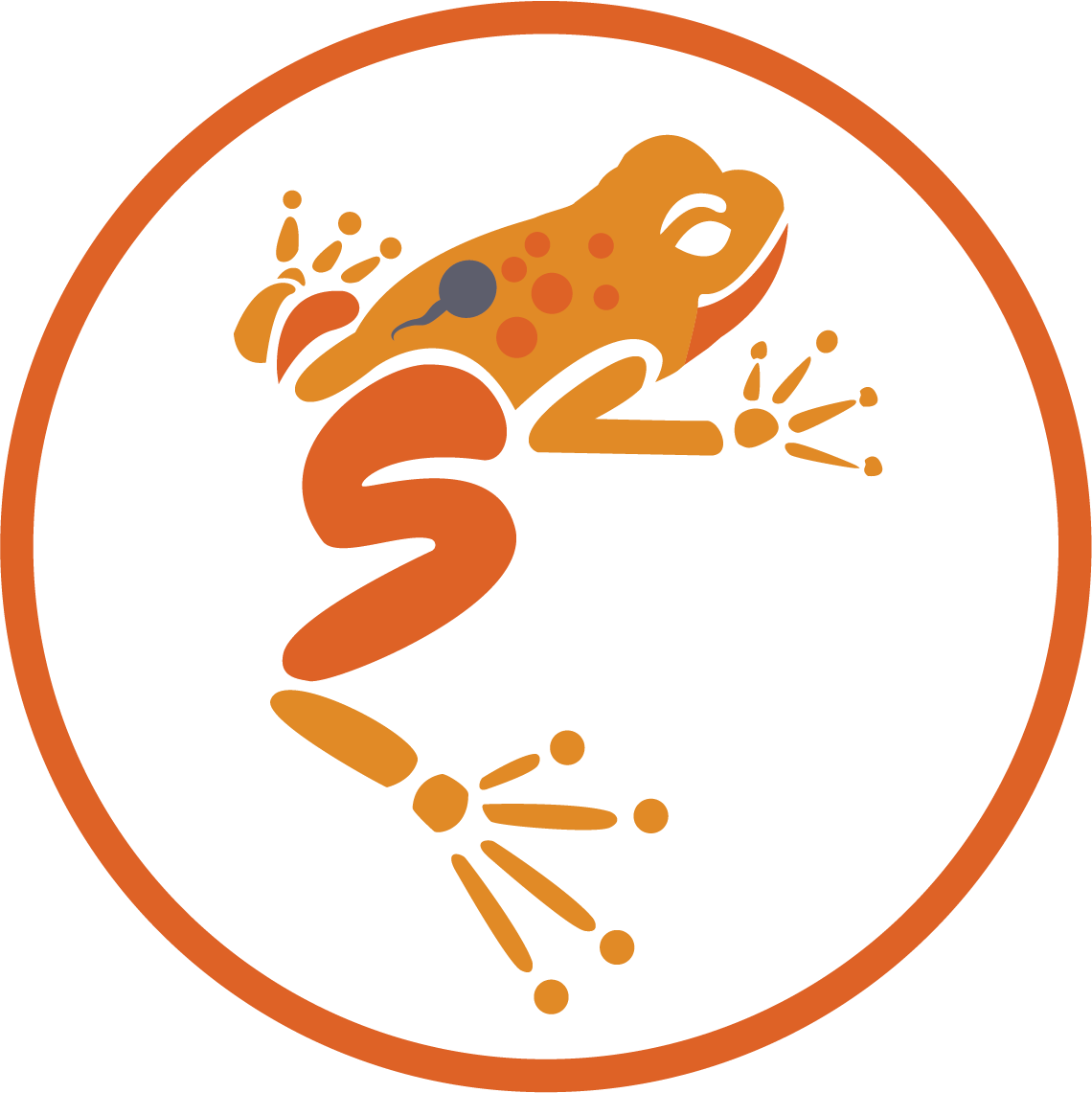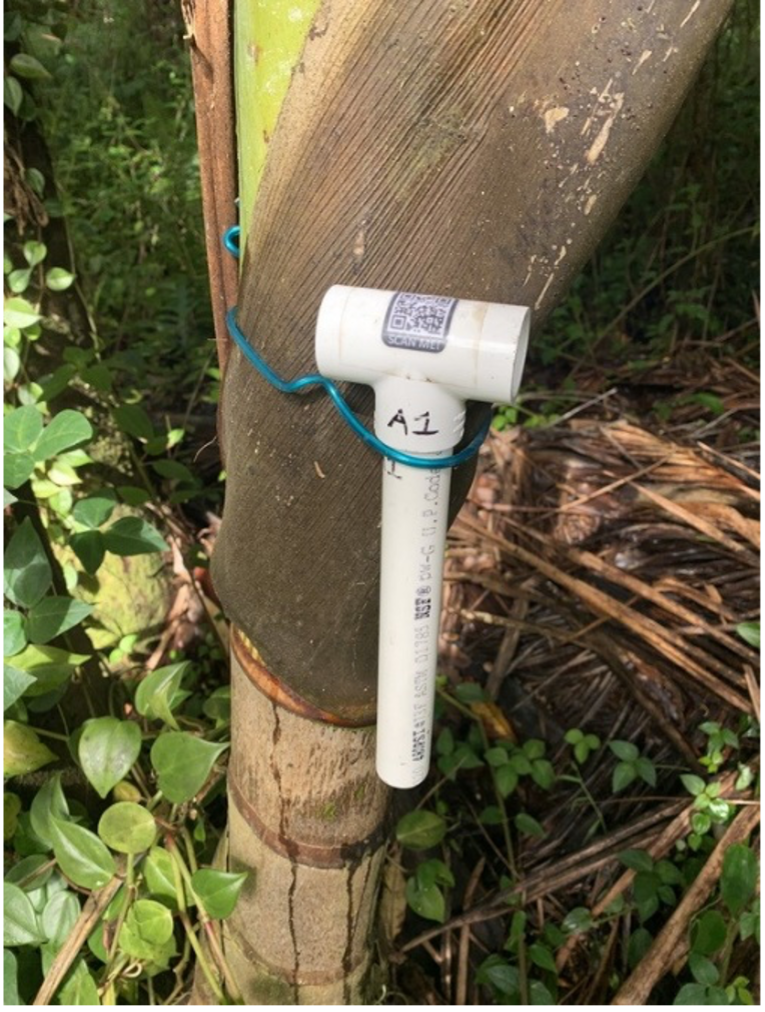
coquí crew
citizen science program
why coquí? why hawai’i?
Common coquí (Eleutherodactylus coqui) are native to Puerto Rico but were accidentally introduced to the Hawaiian Islands in 1988 - probably as stow aways on plants. Coquí have since spread, especially on the Big Island, to become one of the most invasive species in the world! Invasive species of all kinds (including plants and animals) are a big concern worldwide and a better understanding of invasive species biology is central to combating the problem.
In our lab, we are particularly interested in the coqui’s cool parental behaviors and development (read more below). We are also excited about coqui because their status as beloved cultural symbol in Puerto Rico and despised invader in Hawai’i lets us work together with local community members to collect data and talk about the biological and social sides of invasive species.
about the coquí
In coquí it’s dad who takes care of the kids. To keep them hidden, eggs are laid in small, dark spaces like a curled fern leaf, under a piece of peeled bark, or inside of a hollow plant like bamboo. Dad stay with eggs, providing care and protecting their offspring from predators (which are most often other coquí!). After two weeks the babies hatch directly as tiny froglets completely skipping the tadpole stage! This is called “direct development”. Can you see the eye balls developing in the picture to the right? (hint: they look like black dots)
Want more science? Check out our recent review paper!
As part of our 2022 field season in Hawai’i we piloted a citizen science project called “Coquí Crew”. Through this program, we enlisted volunteers to monitor coquí in their backyards. We organized 20 volunteers across the southeast side of the Island where there are the most coquí.
We provided each volunteer three PVC pipes to attach to trees in their yard (see pictures below). Their job was to check the tubes every week and report what they saw (frog? no frog?). Once a coquí moved in (see pictures below), volunteers checked daily for eggs, and once eggs were laid they recorded dad’s behavior for 7 days. At the end of the observation period, the volunteers pushed the males off of their clutch, took a photo of and disposed of the eggs. Disposal of the eggs was crucial as this species is invasive in Hawai’i and we did not want to encourage population growth.
Our excellent volunteers collected data for 8 months (June 2022 – February 2023), reporting their findings through a Google Survey via QR scan code attached to each tube. Over 550 observations were made! If you are interested in seeing what the data reporting survey looks like follow this link.
Currently the project is on pause as we decide how we can improve it for the next round.







